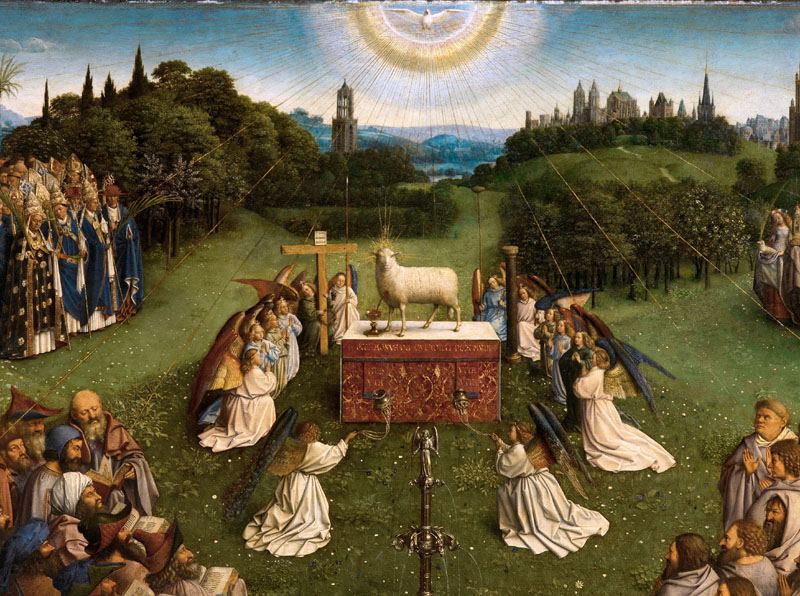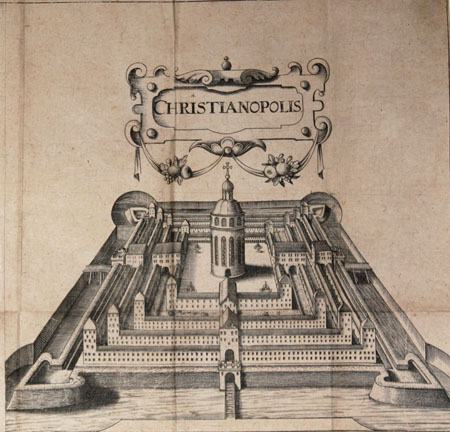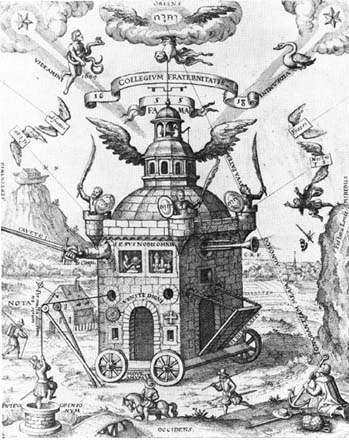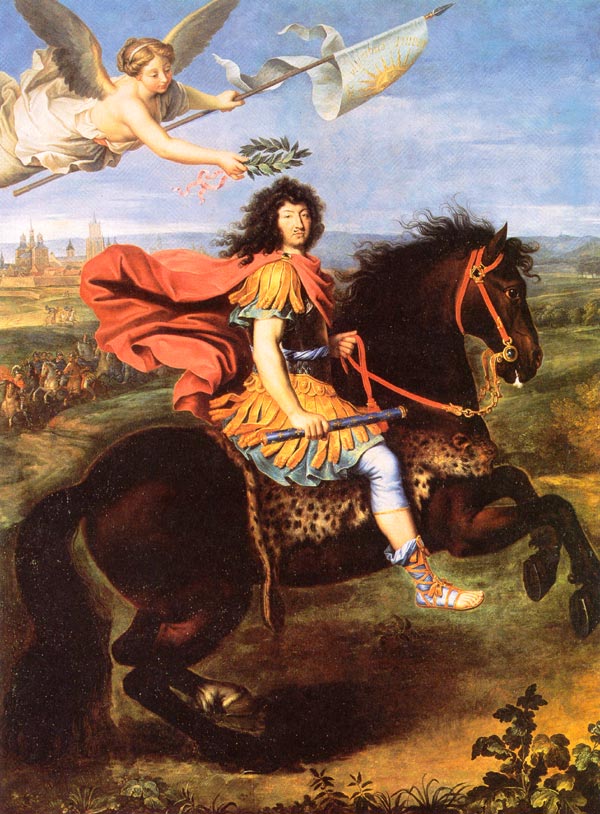People have always tried to imagine the world as it might become, dissatisfied as we are, with the world as it exists. …
For a century after Thomas More there was no sign of significant new utopias. Then within a few years of each other in the 1620′s, three visions of ideal commonwealths appeared, and together they reflected some major new forces that were stirring the age. All three were to some extent preoccupied with science, invention and manufacture.

Jan Van Eyck. Ghent Altarpiece. Center Panel. Detail. Read More:http://yugiohetcforums.com/topic/58069-sotw-0625-0702/
The best known of the three is Francis Bacon’s fragmentary New Atlantis. It offers a suitably exotic and isolated location, wise rulers and well regulated family life. But above all, New Atlantis is imbued with its era’s almost vernal passion for science. Here it is no longer the philosopher who is king as in Plato, but the scientist. its the trans-global corporation transported to Utopia. At the heart of New Atlantis is Salomon’s House, a vast research institution whose aim is to find the “knowledge of causes and the secret motion of things… to the effecting of all things possible.” ; agents roaming the planet looking for new discoveries, and it tries to examine almost anything the seventeenth-century mind can imagine.

Read More:http://utopiaordystopia.com/tag/christianopolis/ ---Dürer’s fortress cities remained a mere flight of imagination for all but one instance: the Black Forest town of Freudenstadt designed by the architect Heinrich Schickhardt, which was explicitly based on the designs of Dürer. Freudenstadt folds us firmly back into the utopian tradition, for the town was an immediate influence on J.V. Andreae’s Christianopolis , another idealized city and utopia (pictured below) that remained a mere thing of the mind. All of this brings us back to Tenochtitlan. For the Spanish conquest of the city signaled the beginning of the rise of the West. The momentum of urbanization shifted there, especially with the beginning of industrialization around 1800.---
If New Atlantis was the first scientific utopia, Christianopolis anticipates the first industrial one. Johann Valentin Andreae, a German Protestant scholar , dreamed of a distinctive industrial organization in which the whole community is in fact a workshop. With that geographic neatness which marks most utopian writers, Andreae sees his city as a square divided into three parts: food, drill and exercise, and one, disarmingly, for looks. The industrial sector, which is located outside the city walls, is divided into manfactures both heavy and light in modern terms. The economic planner has made his way into Utopia.

Read More:http://proto57.wordpress.com/category/optics/ ---John Heydon wrote “The Holy Guide” (pub. 1662), in which he shamelessly rips off Bacon’s New Atlantis, and re-writes many portions of it as a straightforward Rosicrucian text. Of course the New Atlantis is undeniably Rosicrucian in it’s premise, and contains not only RC tenets and philosophy, but also RC symbolism. But Heydon took it a step further, and stripped away Bacon’s reluctance, in a sense, in his version. On the lost works of Solomon reference in NA, Heydon reworks this into, “…we have some parts of works which with you are lost, namely the Rosie Crucian M, which he wrote of all things past, present, and to come”. We might ask “of what importance?” is Heydon’s later interpretation of The New Atlantis? Yates and others saw his view of the work as the intent of the work, and also how the work was perceived in his time, i.e., as a Rosicrucian document.---
The third and most far out of these early seventeenth-century paradises is the City of the Sun by Tommaso Campanella, an Italian Dominican monk who believed in astrology and spent considerable in the prisons of the Inquisition, where in fact he wrote his fantasy. It is a fascinating blend of Platonic communism, Christian radicalism, Aztec custom, astrological speculation, technological anticipation and scientific instinct. Both spiritual and temporal matters are in the hands of the high priest, known as Metaphysicus, who rules jointly with three associates and is described as the most staggeringly educated ruer in the visible and invisible world. Below this top level is a level of magistrates all of whom are also priests; the entire population confesses its sins to them, and it is their duty to pardon them forthwith, while in turn confessing their own sins to their superiors- and so up on a continuous confessional ascent.
Despite the eccentricity there is a certain grasp of reality and of the future. Despite all the quirks,The City of The Sun is remarkably sound on education, scientific inquiry and hygiene. Labor has become dignified, and the slave class of so many earlier utopias has been discarded. And there is a heady belief in the invention of printing and the discovery of the use of the magnet. Strange as were Campanella’s visions, they mark, wit those of Andreae, a turning point: all that materially contributes to the good life has been perfected.









 COMMENTS
COMMENTS



